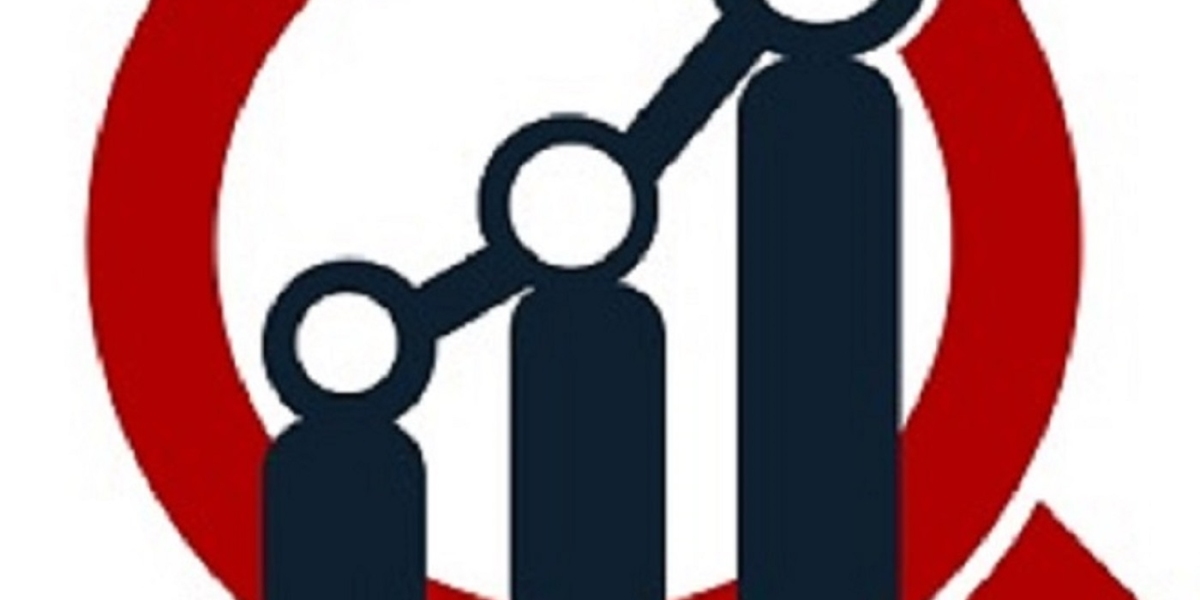Debt Collection Software: Streamlining Recovery in the Digital Age
In today's fast-paced financial ecosystem, timely and effective debt recovery is crucial for maintaining healthy cash flows and financial stability—especially for lenders, service providers, and businesses of all sizes. As traditional collection methods become less efficient, debt collection software has emerged as a game-changer, helping organizations automate, manage, and optimize their debt recovery processes.
What is Debt Collection Software?
Debt collection software is a digital tool designed to automate and manage the process of recovering outstanding payments from individuals or businesses. These platforms streamline communication with debtors, track payment statuses, generate reports, and ensure compliance with legal regulations.
The software is widely used by banks, credit unions, collection agencies, telecom companies, healthcare providers, utility firms, and other credit-issuing institutions.
Key Features of Debt Collection Software
- Automated Workflows
Automates the process of sending reminders, setting up payment plans, and escalating accounts—saving time and reducing manual errors. - Omnichannel Communication
Facilitates communication through email, SMS, phone calls, and even chatbots to improve debtor engagement and collection success rates. - Data Analytics and Reporting
Provides actionable insights through real-time dashboards, trend analysis, and performance metrics. - Regulatory Compliance
Helps organizations stay compliant with evolving debt collection laws such as FDCPA, GDPR, or RBI norms, by managing consent and ensuring secure data handling. - Integration with CRMs and ERPs
Seamlessly connects with customer relationship management (CRM) and enterprise resource planning (ERP) systems for a unified view of the debtor’s history. - Self-Service Portals
Allows debtors to log in, view their dues, and make payments or propose settlements directly, reducing the burden on collection agents.
Benefits of Using Debt Collection Software
- Enhanced Efficiency: Reduces human error and speeds up collection timelines.
- Improved Recovery Rates: Targeted outreach and data-driven strategies boost the probability of successful recoveries.
- Cost Savings: Automation reduces the need for large collection teams.
- Customer Experience: Maintains a respectful, personalized approach to collections, preserving brand reputation.
- Scalability: Supports growing businesses with increasing debt portfolios.
Emerging Trends in Debt Collection Software
- AI and Machine Learning:
Predictive analytics to identify which accounts are most likely to pay and suggest optimal contact strategies. - Cloud-Based Solutions:
Offer scalability, security, and accessibility across teams and geographies. - Voice AI and Chatbots:
Automating first-level conversations, appointment scheduling, and follow-ups. - Blockchain for Transparency:
Enhancing trust through immutable records and audit trails, especially in B2B debt collections.
Top Players in the Market
- FICO Debt Manager
- Experian Debt Collection
- Tesorio
- Katabat
- Debtrak
- Atradius Collections
- TrueAccord
These platforms vary by specialization, ranging from enterprise-grade solutions to tools designed for SMEs and freelance professionals.
Conclusion
Debt collection software is transforming the debt recovery process through automation, intelligence, and compliance. As businesses increasingly adopt digital-first strategies, investing in a robust collection system is not just a convenience—it’s a strategic necessity. With the right software in place, organizations can reduce delinquencies, optimize resources, and ensure a smoother path to financial stability.
Related Report -
| Parametric Insurance Market |
| Sme Insurance Market |
| Specialty Insurance Market |
| Marine Freight Insurance Market |
| Medical Professional Liability Insurance Market |






